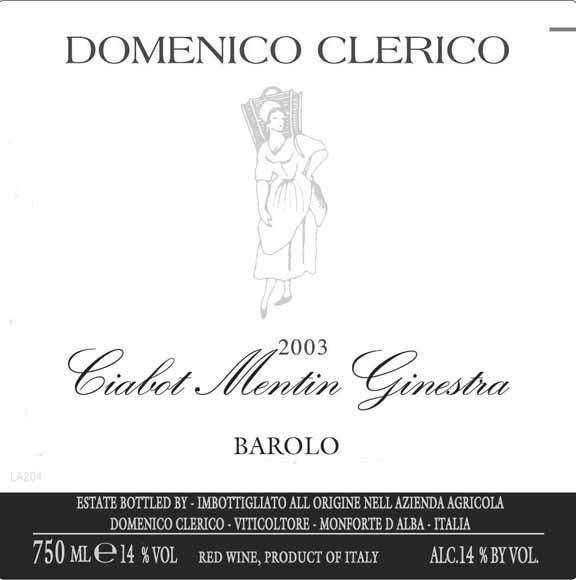2003 Barolo Nebbiolo
The Domenico Clerico Ciabot Mentin Ginestra is a stunning expression of Nebbiolo, showcasing the remarkable terroir of Barolo. This red wine captivates the senses with its deep garnet color and complex aromas of dark cherry, dried rose petals, and earthy undertones. On the palate, it combines a medium body with velvety tannins, offering a beautiful structure that supports the vibrant fruit intensity. Its high acidity provides a mouthwatering quality, making it incredibly food-friendly, and the overall experience is completed with a delightful dryness that lingers on the finish. As a 2003 vintage, this wine reflects the strength of its origins, promising both elegance and aging potential sure to please any enthusiast.
The Domenico Clerico Ciabot Mentin Ginestra is a stunning expression of Nebbiolo, showcasing the remarkable terroir of Barolo. This red wine captivates the senses with its deep garnet color and complex aromas of dark cherry, dried rose petals, and earthy undertones. On the palate, it combines a medium body with velvety tannins, offering a beautiful structure that supports the vibrant fruit intensity. Its high acidity provides a mouthwatering quality, making it incredibly food-friendly, and the overall experience is completed with a delightful dryness that lingers on the finish. As a 2003 vintage, this wine reflects the strength of its origins, promising both elegance and aging potential sure to please any enthusiast.




